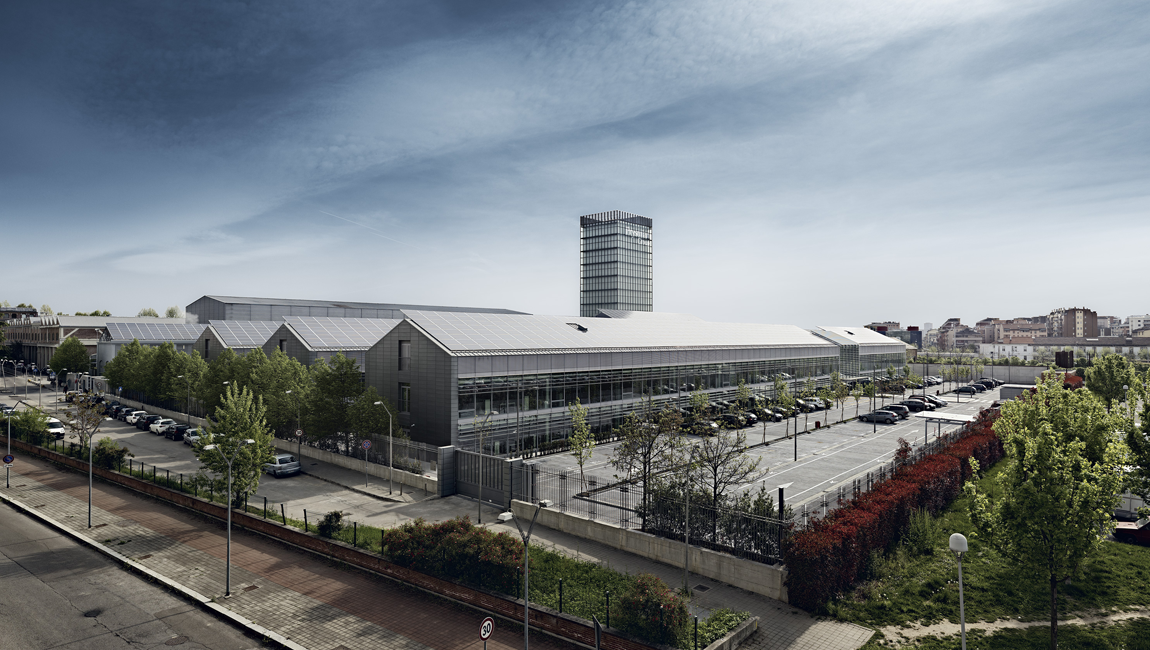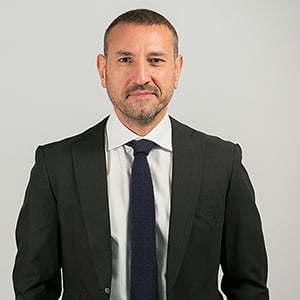Prysmian explains the key success factors to become an energy transition’s enabler

The Transition towards renewable energy is very much linked to the capability to transmit and dispatch energy from one place to another, from those locations where renewable energy is produced (offshore wind farms) to those locations where is consumed (urban centers). Prysmian Group is committed to support the development of greener and smarter power grids, by making available innovative cable technologies to cover longer distances and sea depths, ensuring higher performances, reliability and sustainability. To accelerate the race to net-zero CO2 emission, by 2022, Prysmian has planned to invest around 450 million euro to further improve the sustainability of its organization and supply chain and to accelerate the development of advanced cable technologies as well as assets and services.
The Group decided to share its view on status of the energy transition, the role of offshore wind energy and how energy infrastructure can support the adoption of renewable sources in two flagship digital live events: ‘The future of offshore wind’ jointly organized with Financial Times and the ‘Energy transition European Summit’ by Reuters.

H.Ozmen, Prysmian Group, U.Stridbaek, Ørsted, and H. Jürgensen, Siemens, and D.Gilen, Irena commented on the following key topics:
|
|
|
|
|
|
|
|
|
|
|
|
|
|
|
|
|
Hakan Ozmen said: “The industry should be able to handle forecast growth. However, as manufacturers and builders of wind farms, we need to be more prudent. Capacity is possibly the biggest issue and getting up to speed will require 5 to 10 years of industry investments. Furthermore, technology needs to be developed according to real-world needs.”
“Cable protection is an important factor to consider, especially in relation to dynamic motion for floating wind concepts. Floating will be an essential part of wind power’s future as shorelines are exhausted, and this in turn requires new technical approaches to cable robustness and protection. We are using much lighter armouring, for example, which doesn’t compromise on strength and also enables higher capacity and deeper installation. Our experience with umbilical cabling for the oil and gas industry has been helpful in this area.”
“Submarine and underground interconnections are critical to reaching end consumers. It’s vital that energy from any source can be transferred from where it is generated (offshore wind farms) to where the demand is. However, different standards and approaches exist at present, and consolidation will be needed to make this far more efficient.”

Hakan Ozmen
EVP Projects BU

During the opening panel session titled ‘Is the energy transition failing?’, key industry leaders discussed about the hopes of decarbonising energy within the next two decades and what action are leaders in the Energy industry calling for. The panel’s comments included the following:
 |
|
 |
|
 |
|
 |
|
“I don't think the energy transition is failing, but it is the role of our industry and our obligation to future generations to ensure its success. Lowering the cost of energy is essential to this. I think technology is a main driver to improving the availability and cost of power generated by renewables - whether it’s solar or wind - and the distribution of power to wherever it is needed. ”

Valerio Battista
Prysmian Chief Executive Officer
Valerio Battista, Prysmian Group CEO added:
“After all, energy is often not generated in the place where it is needed. Interconnecting renewable energy sources means that we can leverage on the availability of renewable power, for example making Scandinavian wind energy available to Southern Europe in winter, and transporting solar-generated energy in the other direction during summer. Such projects can change the world, but we do need to be prepared to take some technological risk. We’re investing heavily in this, for example by developing ways of bringing power from great depths, but also by cooperating to create new networks that can deliver energy to the point of consumption.”




